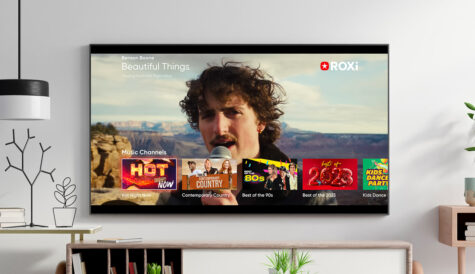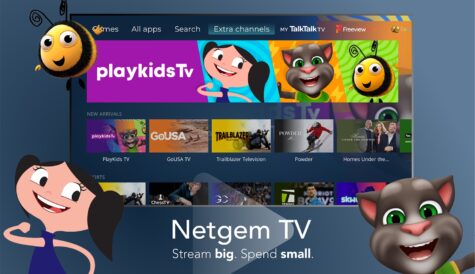Twitter targets broadcasters with TV timelines
Twitter is soon due to roll out a new ‘TV timelines’ feature aimed at better organising information about television shows, with plans to launch dedicated pages for all TV programmes.
Speaking at MIPCOM yesterday, Twitter’s director of global media partnerships, Dan Biddle said the new TV timeline feature, which is currently being trialled in the US, will give users a deeper engagement with “the best content about your show.”
“This is an area that can be branded by publishers and by broadcasters and we’re intending to roll this out to all TV shows over time. At the moment it’s a test and it’s being released in the US very soon,” said Biddle.
He claimed that the full rollout of TV timelines will follow over the next year, with the feature organising together and highlighting content and media about specific TV shows – in a move that goes beyond assigning hashtags to content.
“This is a great chance for you to discover – and for your audience to discover – more content on Twitter and get your best content in front of that best audience,” said Biddle.
Joining Biddle on stage in Cannes, Fred Graver, global media partnerships, entertainment, Twitter outlined how Twitter has “spent a lot of time evolving video over the past six or eight months” – through the evolution of short video clip service Vine, the purchase of live video streaming service Periscope and the improvement of SnappyTV. The latter first launched last year and is designed to make it easy for broadcasters to do live editing and share high-quality videos “in a matter of just a minute”.
“The big bet that we’ve made over the past six or eight months is really beginning to pay off. For one thing video views on Twitter over the past six months are up 250%. Of those video views, 90% of them are on mobile,” said Graver.
He claimed that videos on Twitter can reach an audience of 700 million people and that “370 years of video are now watched every day on Twitter.”
“Periscope is catching on like crazy; 40 years of Periscope content is watched every day and it is growing and growing and growing. It’s a game-changer in the same way that Vine was a game-changer a year and a half, two years ago,” said Graver.
“We see Vines being used by The Voice, by Let’s Dance in France, by shows all over the world. 1.5 billion Vine loops are watched every day [and] 200 million people watch Vine every month.”
Discussing wider changes in the broadcasting industry, Biddle said that though Twitter “was never designed to be the second screen for television”, over the years people have chosen in their millions to use Twitter to talk about your shows at the same time as the TV industry has started to fragment.
“In the old days, back in the beginning, TV was like a track meet. You knew that there were a limited number of lanes, or networks, you knew that when the gun went off the race started and then when you finished, you reached the end, there was a winner – simple times,” said Biddle.
“Then it got better. With cable and satellite you suddenly had almost an infinite number of lanes for your content, and you didn’t even have to win in a particular place or time. As long as you got the 18-34 year-old female audience, that was it, you’d won – great.
“However, if you’re in the TV industry now you’re probably wondering what’s going on. The audience is fragmenting and shifting. They’re no longer watching on a single screen the TV. They’re watching on multiple devices whenever and wherever they like. TV has changed. TV is no longer a track meeting. TV is no longer a cross country race. It’s parkour. The audience is anywhere and everywhere, on all sorts of devices that you no longer control.




